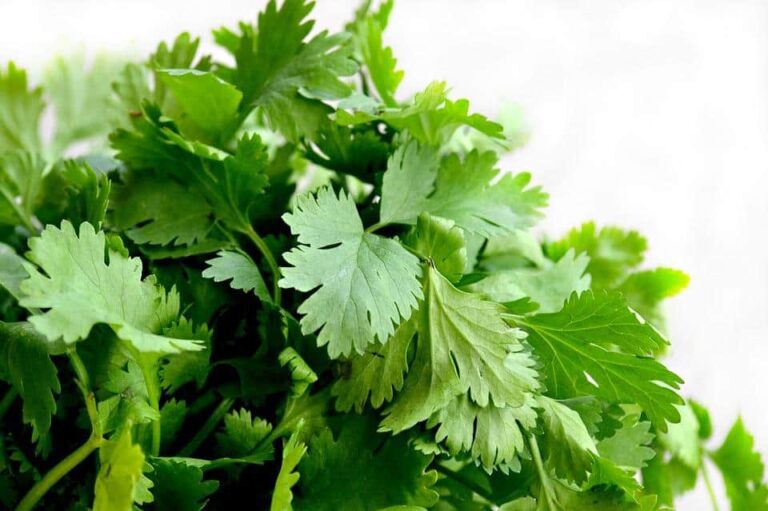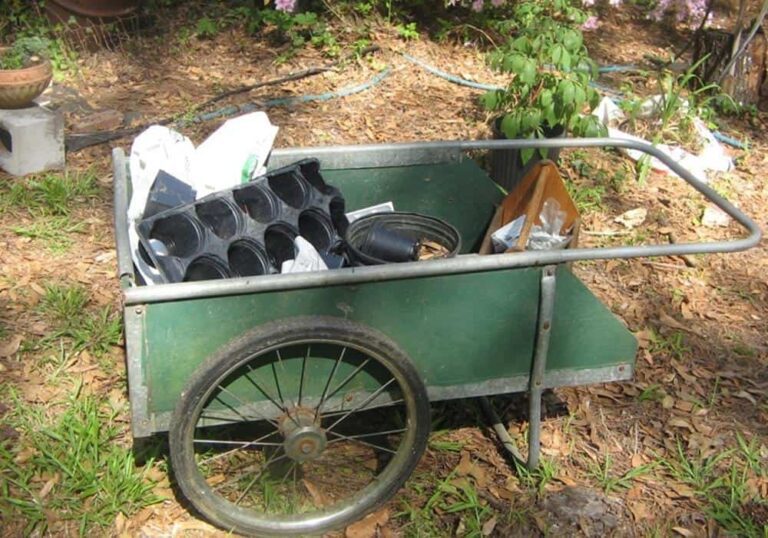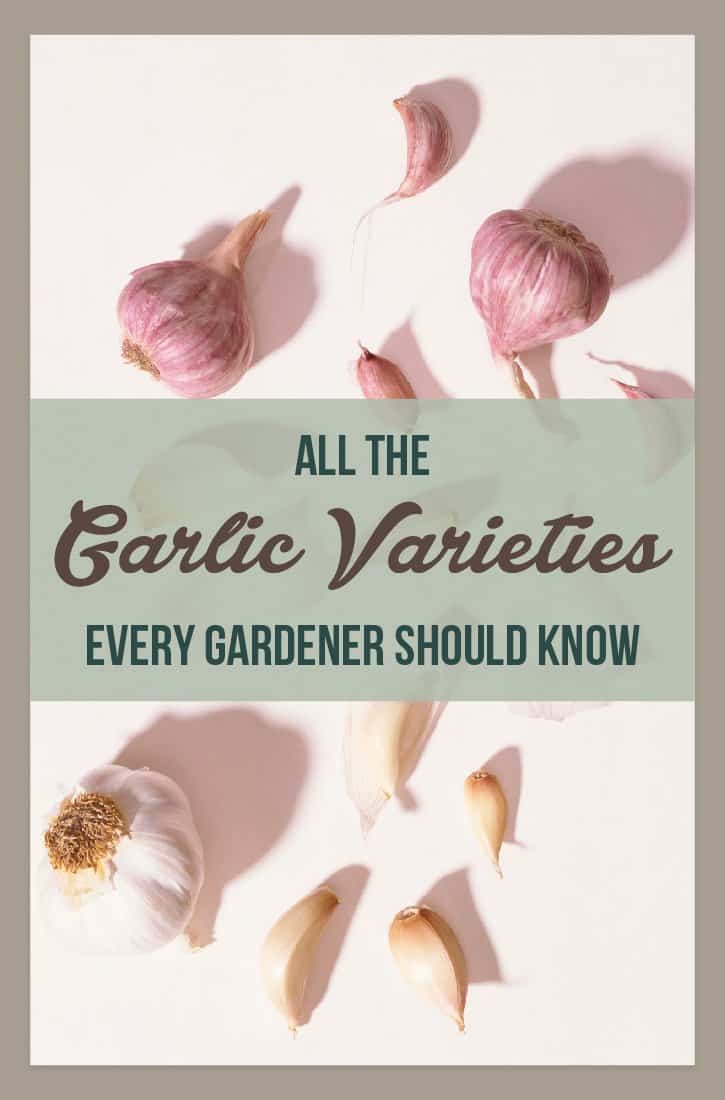Strategies for Proper Carrot Spacing
Spacing carrots is a vital part of routine maintenance. You’ll use best practices for spacing during planting and later when you thin plants to give the strongest plants their best shot at maximum growth.
Spacing varies with the stage of life. As seedlings, carrots can tolerate nearby seedlings within a ½-inch space. Later during their growth, competition from nearby carrots can compromise carrot quality. You should aim for two to three inches of space. Generally, the smaller the carrot and its above-ground foliage, the less space you’ll need.
Carrot Spacing When Planting
Carrots have different needs for spacing, depending upon the stage of growth. When planting carrots, you should place seeds about ½ inch into the ground with a similar distance apart. This spacing allows you to grow more than you need to compensate for seeds that don’t germinate and those that you will later thin.
Spacing will also vary with the variety. Carrots with a larger diameter like Shin-KurodaCarrots will need more room with their 3-inch girth than the pencil-thin Mukum Carrots. But it’s not just the size of the carrot itself that warrants this spacing.
You will also need to account for carrot spacing between rows. While you’ll plant seeds close together, you should place rows between one and two feet apart, again, depending upon the variety. Carrots with larger, robust foliage need more room than smaller varieties with more compact bunches.
Larger carrots, naturally, have larger bunches of above-ground foliage. The extra space is needed to allow for air circulation around the plants. It also ensures that sunlight can adequately reach the leaves where photosynthesis occurs. With carrots, it’s important to keep the big picture in mind.
Spacing After Thinning
Thinning carrots will also affect carrot spacing. Carrots are slow to germinate. But when they do, it will soon signal a shakeup in spacing requirements. When carrots reach about two inches high, they’ll undergo their first experience with thinning.
Rest assured this is a necessary part of the process of growing carrots. Their space requirements change with time. All you’re doing is making sure they have the space they need to yield a high-quality harvest.
First-Time Spacing
Thinning optimizes the space available so your carrots can grow to their maximum size. From that small ½ inch spacing, you should thin carrots to two or three inches apart, depending upon the variety. You needn’t break out a ruler and thin plants exactly this distance apart.
Rather, use good judgment and cull seedlings that are noticeably smaller or damaged. The purpose is to give the most robust and healthy plants their best shot at making it through to harvest.
Subsequent Spacing
You may need to thin carrots another time to optimize your space, especially with varieties with longer growing periods like Healthmaster Carrots. If carrots are not thinned, they become obstacles to themselves.
They can form twisted roots and take on misshapen forms. While it doesn’t hurt a carrot technically, it is certainly more pleasing to have a harvest of uniform straight carrots than a lot of weird-looking Franken-carrots. This video from CaliKim29 Garden & Home DIY explains how spacing works.
Multiple Plantings
One of the advantages of growing carrots is that you can have multiple plantings. While the physical distance applies, you will also need to consider the temporal spacing. If you plant successive crops, you can continually harvest carrots throughout the growing season.
You should space carrot plantings time-wise to about three weeks apart. This period gives the first lot enough time to germinate. It also allows you to separate harvests visually to detect the differences in size. These guidelines vary with certain cases.
Special Situations
The actual spacing is not necessarily a hard-and-fast rule. Remember, the key is optimizing your space. So, there is room for discretion—especially in special situations like container gardening.
Pots
Containers represent a different spacing situation because of the small space with which you are dealing. Optimization is still the order of the day. Instead of spacing carrots ½ inch apart, the plan starts off with an endgame in mind.
One way you can space carrots is to create a pattern of plantings that have a three-inch space around all sides. Instead of a single seed, you can plant a few with the idea that some may not germinate or thrive. When it comes time to thin your carrots, you’ll follow the same guidelines to select the strongest contenders from each planting. Here’s a quick video to illustrate:
Boxes
Alternatively, you can create parallel rows of plants that are about three inches apart. The idea is the same. Only the fittest will make the cut. Bear in mind that in a container garden, you are growing smaller carrots. You have more leeway in these cases because their personal space is less.
Weeds and Carrot Spacing
Spacing requirements apply whether you’re talking about other carrots or weeds. While the former is okay, the latter is never all right. Weeds that fill in the space between carrots are robbing your carrots of nutrients they need. The only solution for them is to get rid of them.
Because carrots exist relatively closer together than other vegetables, you need to be careful and avoid disturbing the soil even when weeding. Carrots, especially when young, are shallow rooted. Yanking weeds forcibly from the ground risks damaging fragile roots struggling to get a foothold.
Why Is Spacing Necessary?
You may be wondering why spacing is such a big deal with carrots. They seem small enough, right? Why bother with spacing? The reason for the spacing lies with the carrots themselves. For a plant that can occupy such a small space, they don’t handle competition well.
The soil can provide only so much. In fact, it turns out that nutrients are the limiting factor. Carrots thrive best in fertile soils. That requirement sets a high bar. If carrots are forced to compete against each other for nutrients, all the carrots may suffer from few winners.
Your goal for planting carrots is to maximize your yield. Carrot spacing balances the relationship between yield and nutrients. And when you’re dealing with plants that exist in such proximity to one another, you have a thin margin for error.
Spacing carrots gives your garden its best chance for a successful harvest by towing the line between yield and soil quality. Because of their slow growth and delicate early stages, the soil quality must be at its best to avoid damage from disturbing the soil. Spacing is one of the easiest ways to give your carrots what they need.
Photo by WikimediaImages licensed under CC0.




